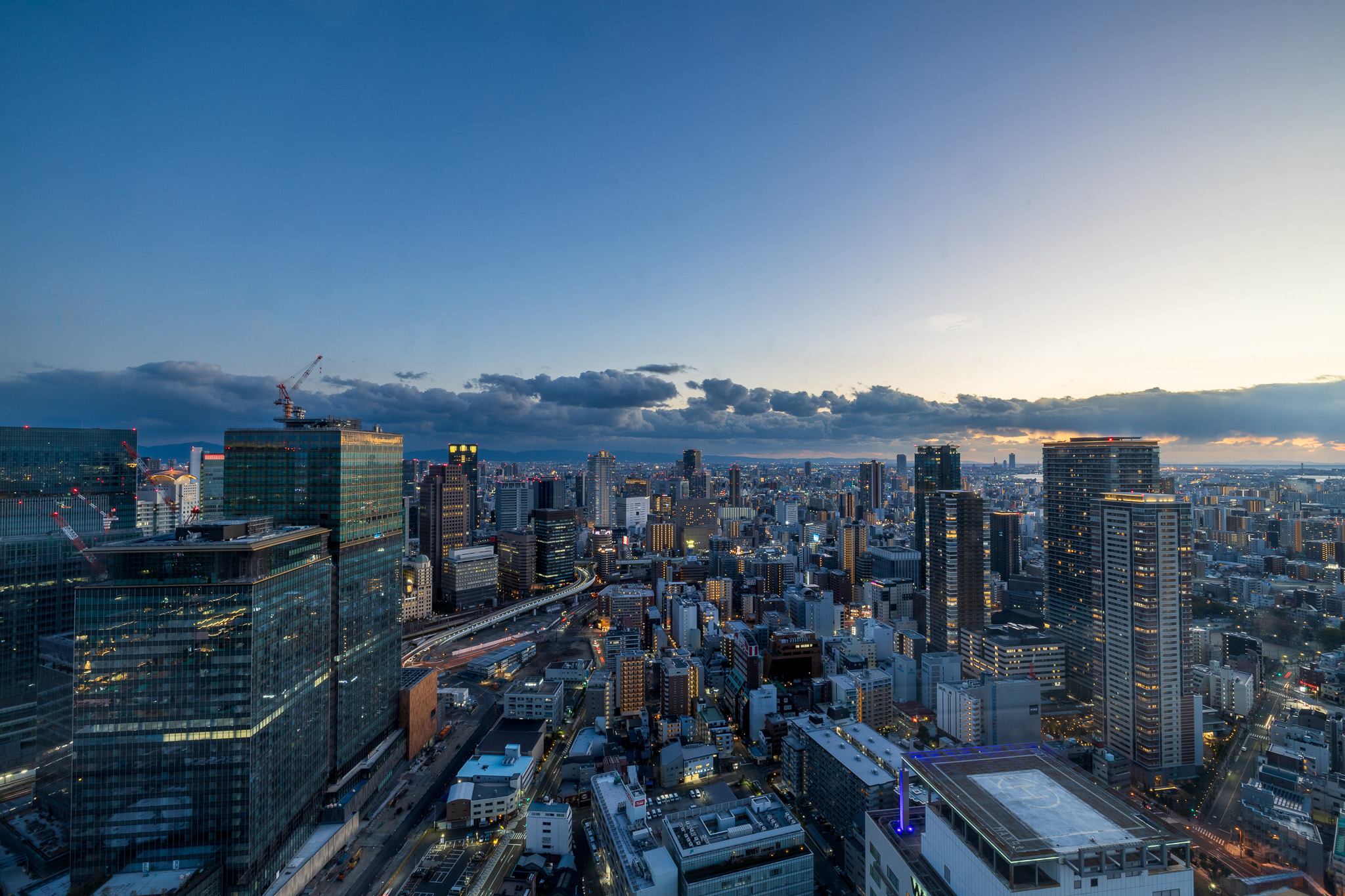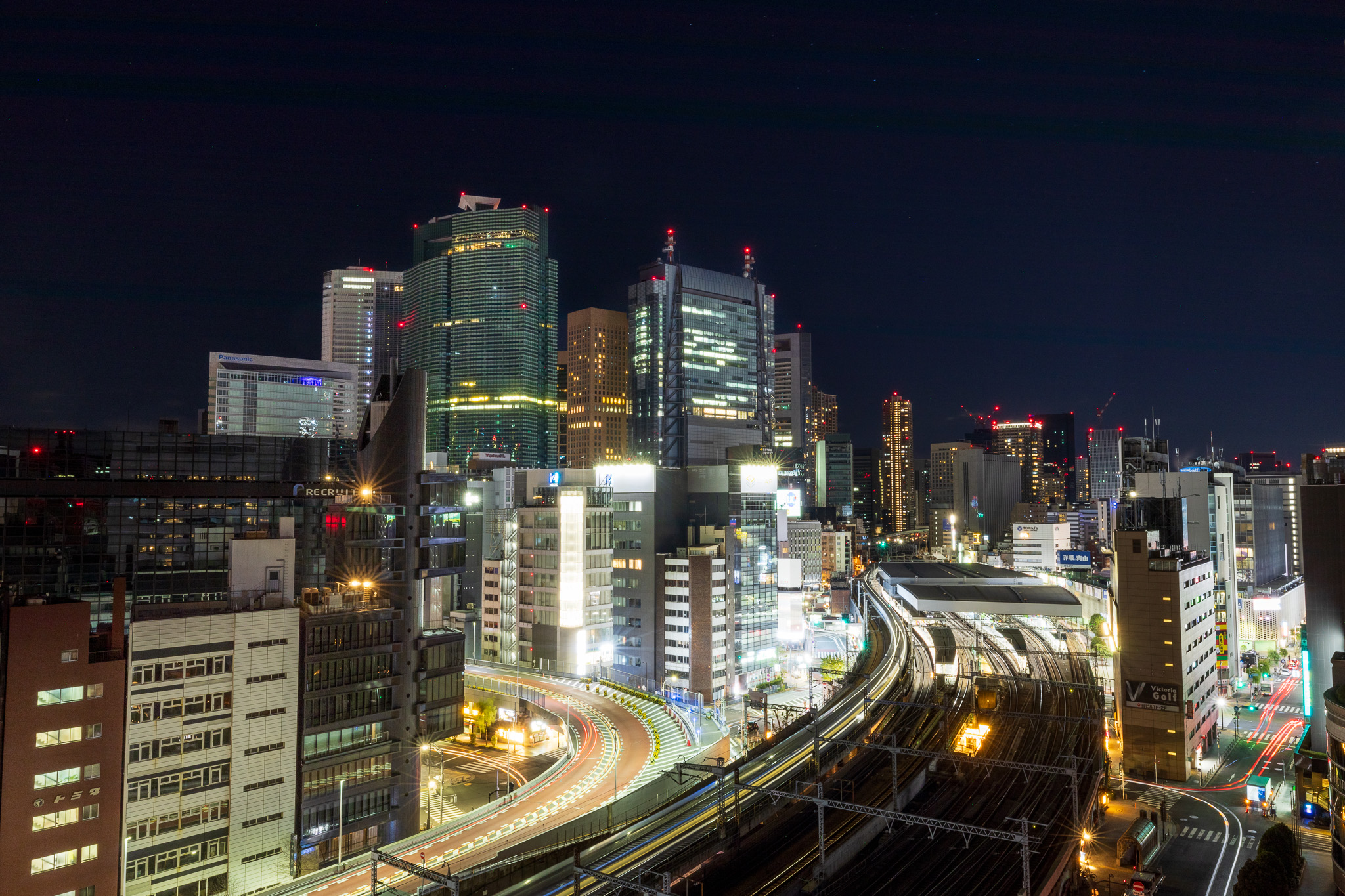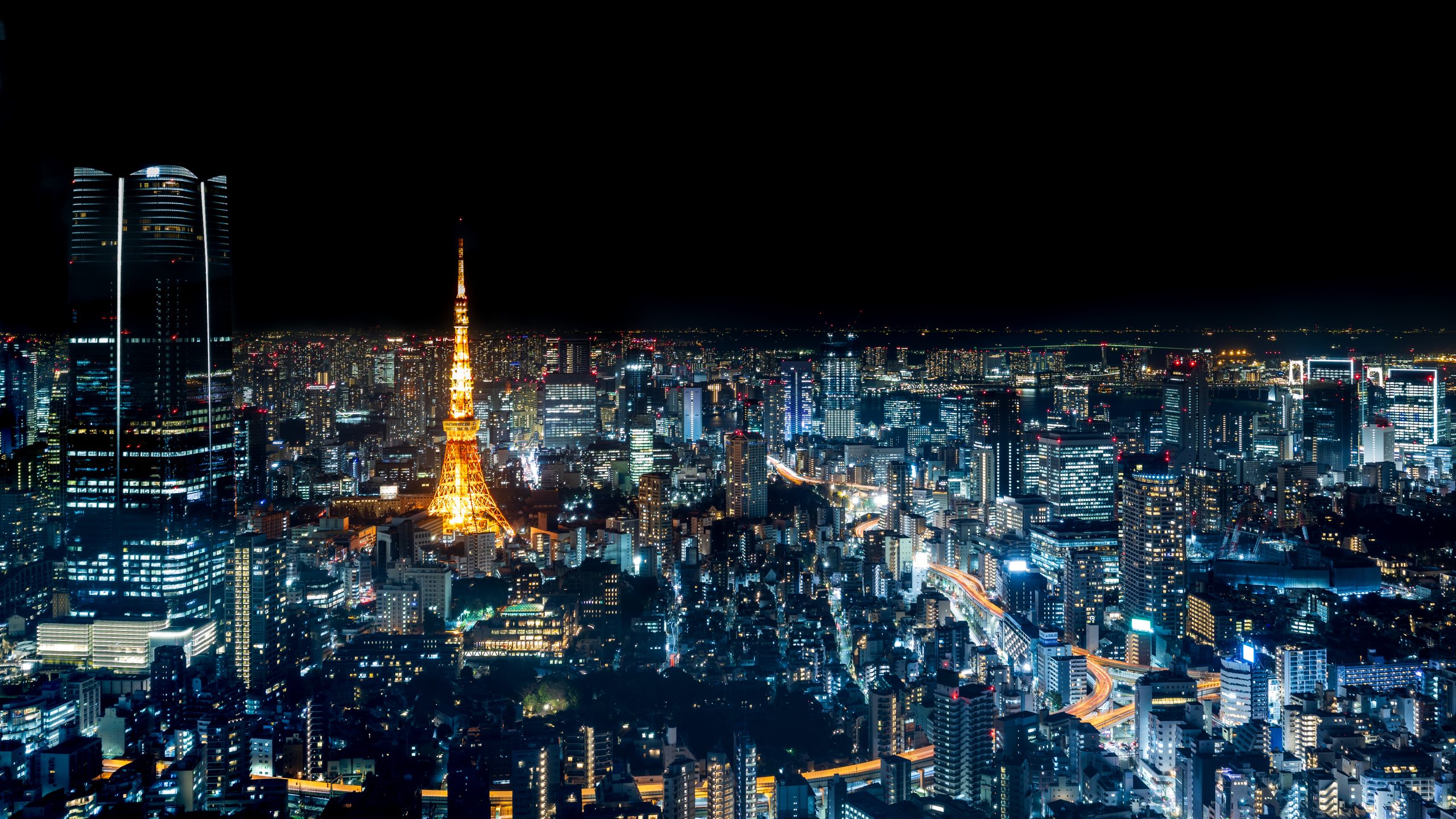The Shinkansen, commonly known as the “bullet train,” is one of the most advanced and efficient high-speed rail systems in the world. Launched in 1964 just in time for the Tokyo Olympics, it has since transformed travel within Japan, connecting major cities at remarkable speeds while maintaining an exemplary safety record.

History and Development
The concept of a high-speed rail system began post-World War II as Japan sought to modernize its infrastructure. The first line, the Tōkaidō Shinkansen, connected Tokyo and Osaka over a distance of approximately 515 kilometers (320 miles). It was revolutionary at its inception, capable of reaching speeds up to 210 km/h (130 mph).
Since then, the network has expanded significantly. Today, there are multiple lines serving various regions across Japan including:
- Tōhoku Shinkansen: Connecting Tokyo with northern areas like Sendai and Aomori.
- Hokkaido Shinkansen: Extending from Honshu to Hokkaido.
- Kyushu Shinkansen: Serving southern parts including Fukuoka and Kagoshima.
Each new line typically features advancements in technology allowing for even higher speeds and efficiency.
Speed and Efficiency
Shinkansen trains are renowned for their speed; they can travel up to 320 km/h (200 mph) on some routes. This impressive velocity allows passengers to traverse long distances quickly—Tokyo to Kyoto takes around two hours via the fastest services compared with several hours by car or conventional train.
Additionally, these trains adhere strictly to schedules. With an average delay measured in seconds per year rather than minutes or longer delays common on other modes of transport worldwide, passengers can rely on punctuality when planning their journeys.
Safety Features
Safety is a paramount concern for Japanese transportation systems, particularly following historical events such as earthquakes. The Shinkansen employs cutting-edge technology designed to detect seismic activity. If an earthquake occurs above a certain magnitude near any part of the rail line, an automatic braking system activates immediately — stopping trains safely before damage can occur.
Moreover, since its inception more than half a century ago, not one passenger has died due to accidents involving the bullet train—a testament to its rigorous safety protocols.
Comfort and Convenience
Traveling on a Shinkansen is also characterized by comfort. Trains feature spacious seating arrangements that allow passengers ample legroom along with reclining seats. Onboard amenities include clean restrooms and food service offering traditional Japanese cuisine as well as Western options—all served efficiently during your journey.
Stations are equipped with easy-to-navigate signage both in Japanese and English making them accessible for international travelers too.
Environmental Impact
Japan’s commitment towards sustainable practices extends into public transportation systems like the Shinkansen which emits less CO2 per passenger compared with cars or planes over equivalent distances. Additionally, many stations utilize energy-efficient technologies further minimizing environmental impact while boosting urban connectivity across regions without compromising ecological balance.



Conclusion
As one travels through Japan using this iconic mode of transportation—the Shinkansen—it becomes evident how deeply ingrained it is within Japanese culture alongside being crucially significant economically; facilitating trade between cities whilst promoting tourism effectively throughout all corners nation-wide!
Whether you’re visiting historic sites or bustling cityscapes—the experience aboard this high-speed marvel transcends mere travel; it intertwines technological innovation seamlessly woven into everyday life showcasing what modern engineering could achieve!


